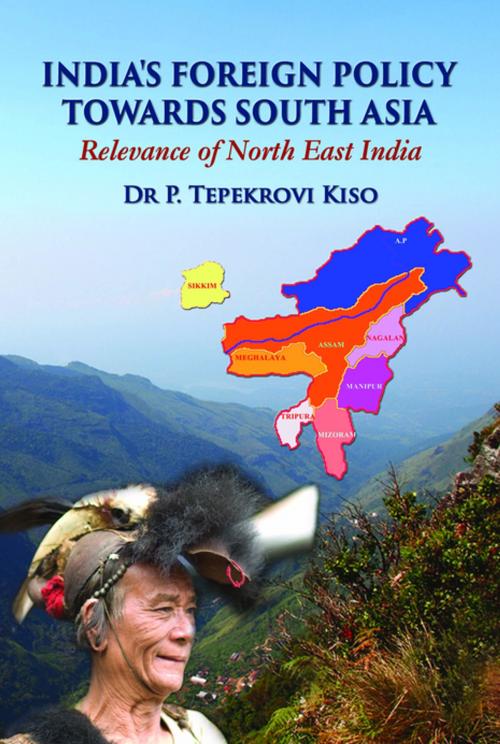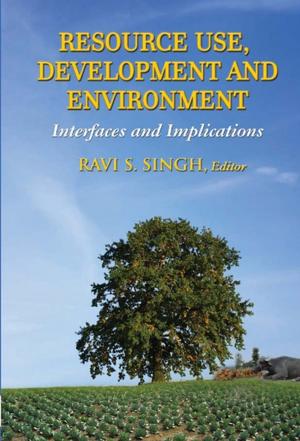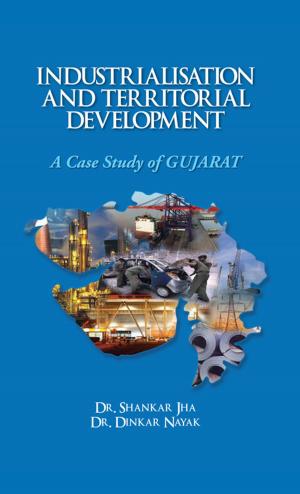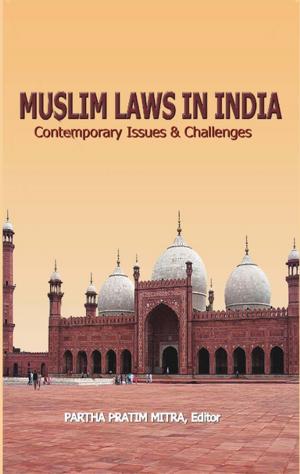India's Foreign Policy Towards South Asia Relevance of North East India
Nonfiction, Social & Cultural Studies, Political Science, International, International Relations| Author: | P. Tepekrovi Kiso | ISBN: | 9789383793587 |
| Publisher: | YS Books International | Publication: | June 30, 2014 |
| Imprint: | YS Books International | Language: | English |
| Author: | P. Tepekrovi Kiso |
| ISBN: | 9789383793587 |
| Publisher: | YS Books International |
| Publication: | June 30, 2014 |
| Imprint: | YS Books International |
| Language: | English |
India's foreign policy's approach to integrate the North East region with our neighbours does pose various challenges on account of illegal migration, drug trafficking, illegal trade, trade in narcotics and arms trafficking and insurgency related problems impacting decisively the political and security scenario of the region in particular and socio-economic and cultural fabric of the people of the region in general and thus threatening India's security and strategic interests. North-East India that comprises of eight states today namely; Arunachal Pradesh, Assam, Manipur, Meghalaya, Mizoram, Nagaland, Sikkim and Tripura is relevant both strategically as well as economically from the perspective of Indian foreign policy. The region shares territorial contiguity and cultural, ethnic, linguistic commonalities with South Asian neighbours- Bangladesh, Bhutan, Nepal in particular. For example, the region shares 98% of its border with Bangladesh adjoining with Assam, Meghalaya, Mizoram and Tripura. Bhutan borders with Assam, Arunachal Pradesh and Sikkim. Nepal is adjoined to Sikkim. The North-East region, thus, serves as a gateway for India's foreign policy towards South Asia in particular and East and South East Asia in general. It is in this context that the North East India becomes relevant for India's foreign policy towards SAARC, India's Look East Policy, Bay of Bengal Initiative and Mekong Delta Initiative. The political, security, social and economic developments in the North East have wider and decisive repercussions for India's relations with the countries of South, East and South East Asia. The direction, dynamics and dimensions of India's foreign policy towards South, East and South East Asia determine the parameters of political, security, social and economic developments in the region of North East India. Thus while North East India integrates India's foreign policy with our neighboring countries and economic associations and groupings like SAARC and ASEAN, our foreign policy, on the other hand, provides immense economic, investment and commercial opportunities for the region and the people of North East India having a great bearing on people's economic and social conditions with a far reaching impact on politico-security scenario of the region. Thus security of the North-East India determines the security of India as the region is so strategically located. It is in this context that the study of India`s Foreign Policy towards South Asia occupies an important place from the prospective of the North-East India. The success of India's foreign policy towards South Asia would depend on the nature of security scenario in the North-East as the region would play an important role as a gateway for India's foreign policy towards South Asia.
India's foreign policy's approach to integrate the North East region with our neighbours does pose various challenges on account of illegal migration, drug trafficking, illegal trade, trade in narcotics and arms trafficking and insurgency related problems impacting decisively the political and security scenario of the region in particular and socio-economic and cultural fabric of the people of the region in general and thus threatening India's security and strategic interests. North-East India that comprises of eight states today namely; Arunachal Pradesh, Assam, Manipur, Meghalaya, Mizoram, Nagaland, Sikkim and Tripura is relevant both strategically as well as economically from the perspective of Indian foreign policy. The region shares territorial contiguity and cultural, ethnic, linguistic commonalities with South Asian neighbours- Bangladesh, Bhutan, Nepal in particular. For example, the region shares 98% of its border with Bangladesh adjoining with Assam, Meghalaya, Mizoram and Tripura. Bhutan borders with Assam, Arunachal Pradesh and Sikkim. Nepal is adjoined to Sikkim. The North-East region, thus, serves as a gateway for India's foreign policy towards South Asia in particular and East and South East Asia in general. It is in this context that the North East India becomes relevant for India's foreign policy towards SAARC, India's Look East Policy, Bay of Bengal Initiative and Mekong Delta Initiative. The political, security, social and economic developments in the North East have wider and decisive repercussions for India's relations with the countries of South, East and South East Asia. The direction, dynamics and dimensions of India's foreign policy towards South, East and South East Asia determine the parameters of political, security, social and economic developments in the region of North East India. Thus while North East India integrates India's foreign policy with our neighboring countries and economic associations and groupings like SAARC and ASEAN, our foreign policy, on the other hand, provides immense economic, investment and commercial opportunities for the region and the people of North East India having a great bearing on people's economic and social conditions with a far reaching impact on politico-security scenario of the region. Thus security of the North-East India determines the security of India as the region is so strategically located. It is in this context that the study of India`s Foreign Policy towards South Asia occupies an important place from the prospective of the North-East India. The success of India's foreign policy towards South Asia would depend on the nature of security scenario in the North-East as the region would play an important role as a gateway for India's foreign policy towards South Asia.















